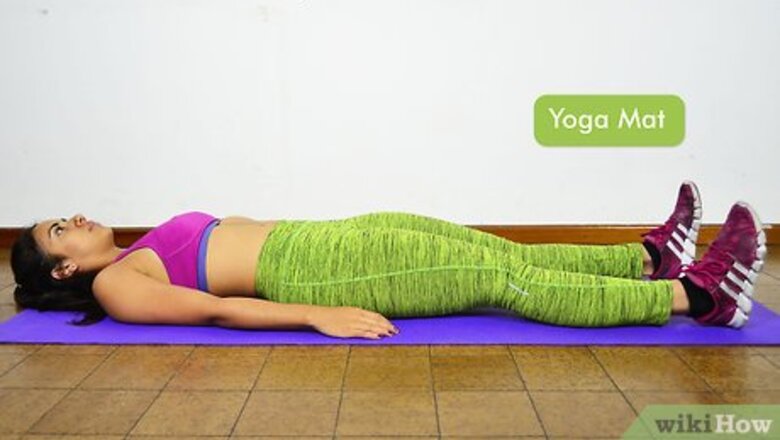
views
Getting into Position
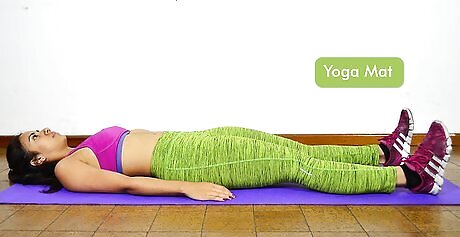
Lie flat on your back. Fully extend your legs, with your toes pointing upward and keeping your gaze focused on the ceiling or sky. Your body should form a straight line from head to toe. Relax your shoulders and neck to minimize the tension in your upper body. Stretching out on a lightly cushioned surface like a yoga mat or a carpeted section of the floor can make performing the exercise more comfortable.
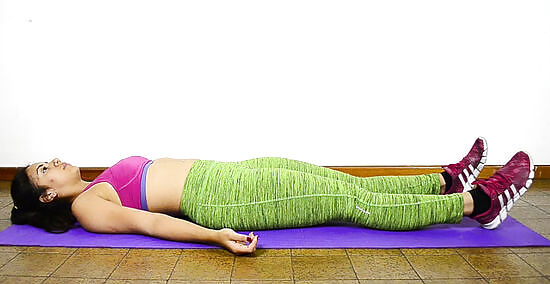
Place your arms down beside your body. Reach your fingertips toward your feet on either side of your thighs. Press your palms firmly into the floor to create stability. If you don’t feel quite stable enough in this position, try sliding the backs of your hands beneath your buttocks to anchor your arms closer to your body.
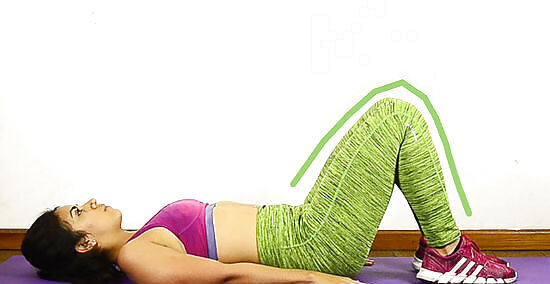
Bend your knees if you need to do so. The straighter your legs, the more of an ab workout this exercise gives you. If you're just starting out, though, or if you have limited mobility, you may find it helpful to bend your knees in the beginning. Lift your feet and pull your knees back until your thighs are perpendicular to the floor. Then, tighten the muscles in your hips and thighs to lock your legs in place. They should remain at this angle throughout the entire movement. With your feet elevated and your knees bent, the tops of your shins should be roughly parallel to the floor.
Performing the Crunch
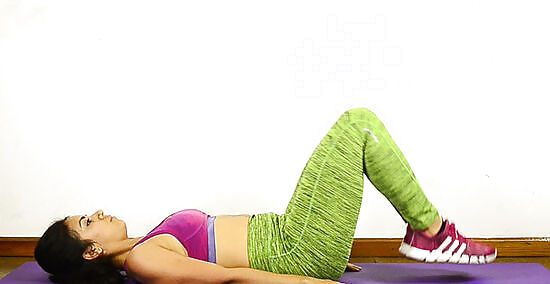
Draw your knees toward your head. Contract the muscles of your lower abdomen and bring your bent knees straight back until they’re just in front of your face. Make sure your hips and butt are firmly rooted to the floor. They’ll act as a hinge for your thighs to swivel over. Don’t forget to breathe. You’ll exhale sharply as you bring your knees up and exhale as you lower them down.
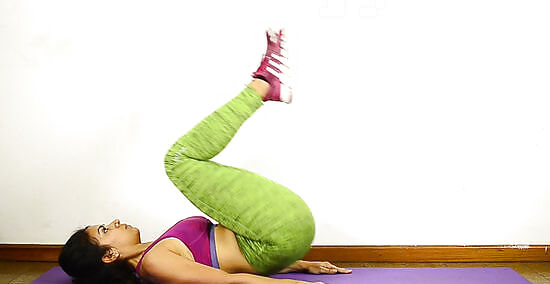
Lift your knees upward at the top of the movement. As your knees come level with your gaze, push them up in the direction of the ceiling. This should cause your lower back and buttocks to come off the ground by an inch or two. This extra lift increases the overall range of motion, making the crunch more effective. Avoid rocking into the movement or extending your back too forcefully. You’re just looking for a tight vertical tilt to briefly engage your middle and upper abs.
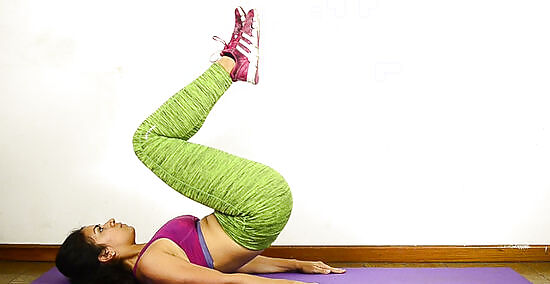
Lower your knees back to hip level. Let your lower body come down in a slow, controlled manner, stopping when your thighs are once again perpendicular. Reverse the motion of your legs and raise your knees again to start the next repetition. You’ve just completed your first reverse crunch!

Pause briefly before beginning your next rep. When you return to the starting position, take a split second to steady yourself and neutralize any momentum you’ve built up. That way, you won't be tempted to cheat when transitioning into the next crunch. Your core muscles alone should initiate the movement. Pausing momentarily will also give you a chance to catch your breath and assess your technique.

Aim for 8-12 crunches per set. A low-moderate rep scheme will offer just enough of a challenge when you're first starting out. For best results, make an effort to perform each crunch with proper form and a full range of motion. Your abs will thank you for it! Feel free to pick a higher or lower number to suit your individual fitness level. It's okay if you don't get the same number of reps every set. You might be able to complete 12 crunches while you're fresh, but only grind out 8 by the time you reach your final set.
Intensifying the Movement
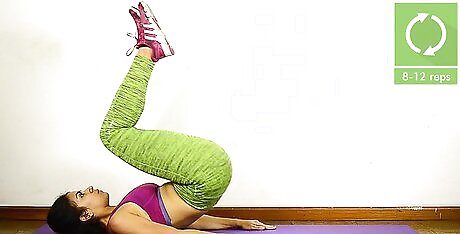
Increase your total number of repetitions. Once you get to the point where you can do 8-12 reps with ease, gradually work your way up to 15 reps. Keep working until you get up to 3 sets of 15 reps. If you're looking for further intensity after that, try a variation of the exercise such as leg lifts. The number of sets you do will depend on your individual goals and the way the rest of your workout is structured. Remember, though, that too many reps of any type of spine crunch can be dangerous long-term. Quality is more important than quantity. You’ll only be doing yourself a disservice by letting your technique break down in order to get more reps in. EXPERT TIP Tiffany Stafford, CPT Tiffany Stafford, CPT Life Coach, Personal Trainer, & Holistic Nutritionist Tiffany Stafford is a Certified Personal Trainer, Holistic Nutritionist, and the Owner of LifeBODY Fitness, a personal training and small group training studio based in Hillsboro, Oregon. She has over 15 years of personal training and coaching experience. She specializes in wellness training, life coaching, and holistic nutrition teaching. She earned her personal training certification from the National Academy of Sports Medicine (NASM). Tiffany Stafford, CPT Tiffany Stafford, CPT Life Coach, Personal Trainer, & Holistic Nutritionist Expert Trick: In addition to increasing repetitions, you can also add in weights to make the crunches more intense and effective. To do this, hold a medicine ball, dumbbell, or another heavy object between your feet as you do the crunch.
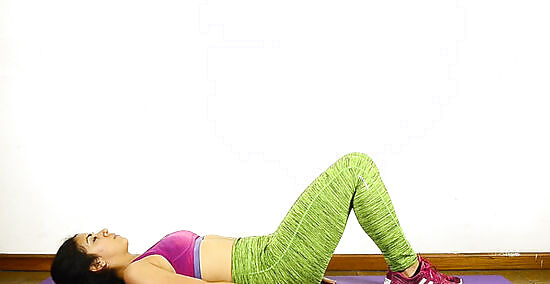
Incorporate a standard crunch. Place your hands above your head or rest your fingertips on your earlobes. Then squeeze your upper abs until your head and shoulders are off the floor. You can either maintain this position as a static hold while doing your reverse crunches, or raise both your upper and lower body simultaneously for a blistering total ab workout. Make sure your core stays tightly contracted throughout the entire movement to steady yourself and keep both halves of your body moving in sync with one another.
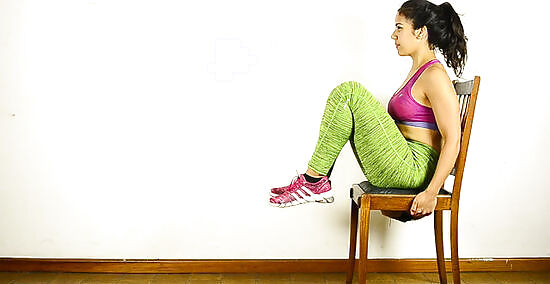
Try them on a decline bench or chair. Lie on a decline or sit-up bench, or a sturdy household chair, so that your head is higher than your legs and grip the upper end with both hands for support. Then, pull your knees up and back just like you would for a regular reverse crunch. The slight change in angle will introduce a whole new element to the exercise. A decline bench with variable height settings will allow you to make the movement slightly easier if you're fatigued or struggling to make it through a full range of motion. However, a sturdy chair will work just as well if you don't want to invest in new equipment. Performing reverse crunches on a decline forces you to engage the muscles of your lower abs even more.










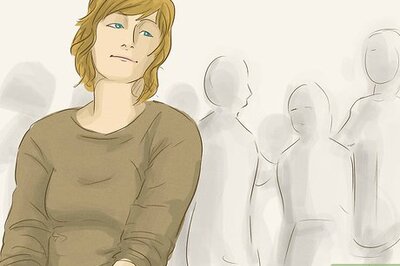




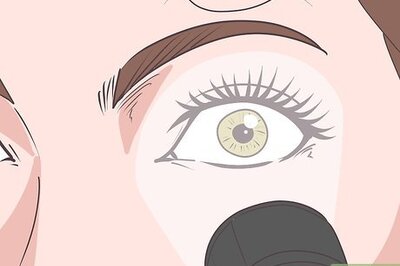
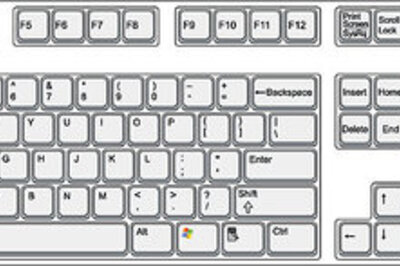



Comments
0 comment